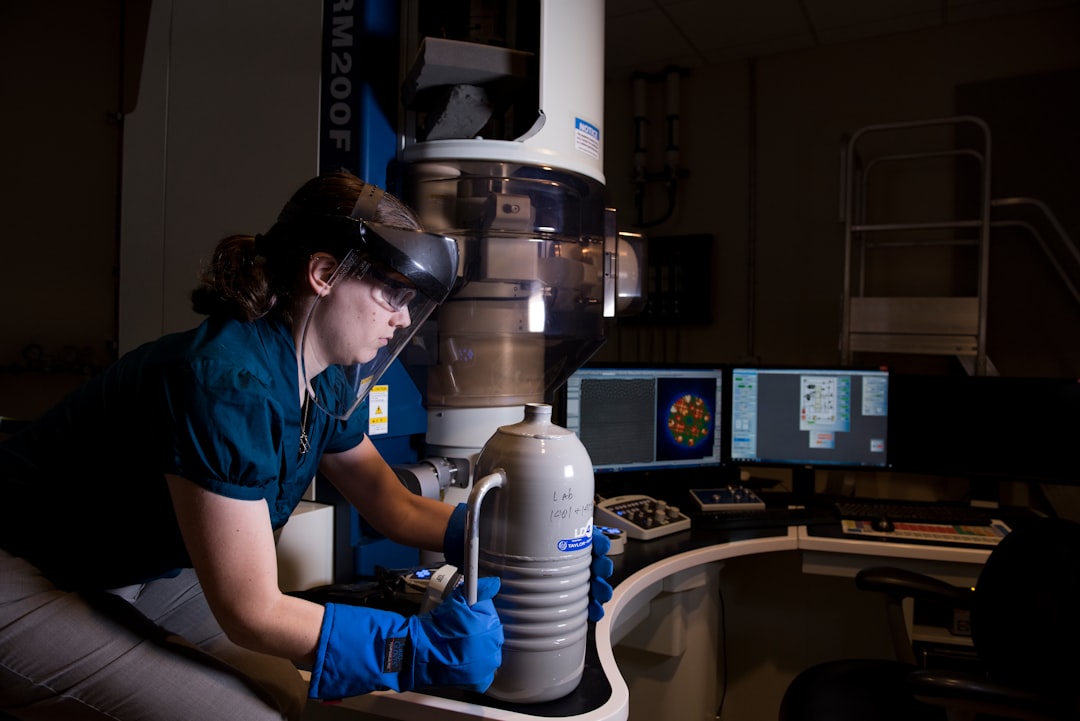What is it about?
The methionyl-tRNA synthetase from Mycobacterium tuberculosis, a potential target for antimicrobial agents for which a crystal structure has been missing for a long time. the work gives new structural basis for drug design. Mycobacterium tuberculosis (MTB) caused 10.4 million cases of tuberculosis and 1.7 million deaths in 2016. The incidence of multidrug-resistant and extensively drug-resistant MTB is becoming an increasing threat to public health and the development of novel anti-MTB drugs is urgently needed. MethionyltRNA synthetase (MetRS) is considered to be a valuable drug target. However, structural characterization of M. tuberculosis MetRS (MtMetRS) was lacking for decades, thus hampering drug design. Here, two high-resolution crystal structures of MtMetRS are reported: the free-state structure (apo form; 1.9 A ° resolution) and a structure with the intermediate product methionyl-adenylate (Met-AMP) bound (2.4 A ° resolution). It was found that free-state MtMetRS adopts a previously unseen conformation that has never been observed in other MetRS homologues. The pockets for methionine and AMP are not formed in free-state MtMetRS, suggesting that it is in a nonproductive conformation. Combining these findings suggests that MtMetRS employs an induced-fit mechanism in ligand binding. By comparison with the structure of human cytosolic MetRS, additional pockets specific to MtMetRS that could be used for anti-MTB drug design were located.
Featured Image
Read the Original
This page is a summary of: Structural characterization of free-state and product-stateMycobacterium tuberculosismethionyl-tRNA synthetase reveals an induced-fit ligand-recognition mechanism, IUCrJ, June 2018, International Union of Crystallography,
DOI: 10.1107/s2052252518008217.
You can read the full text:
Contributors
The following have contributed to this page










